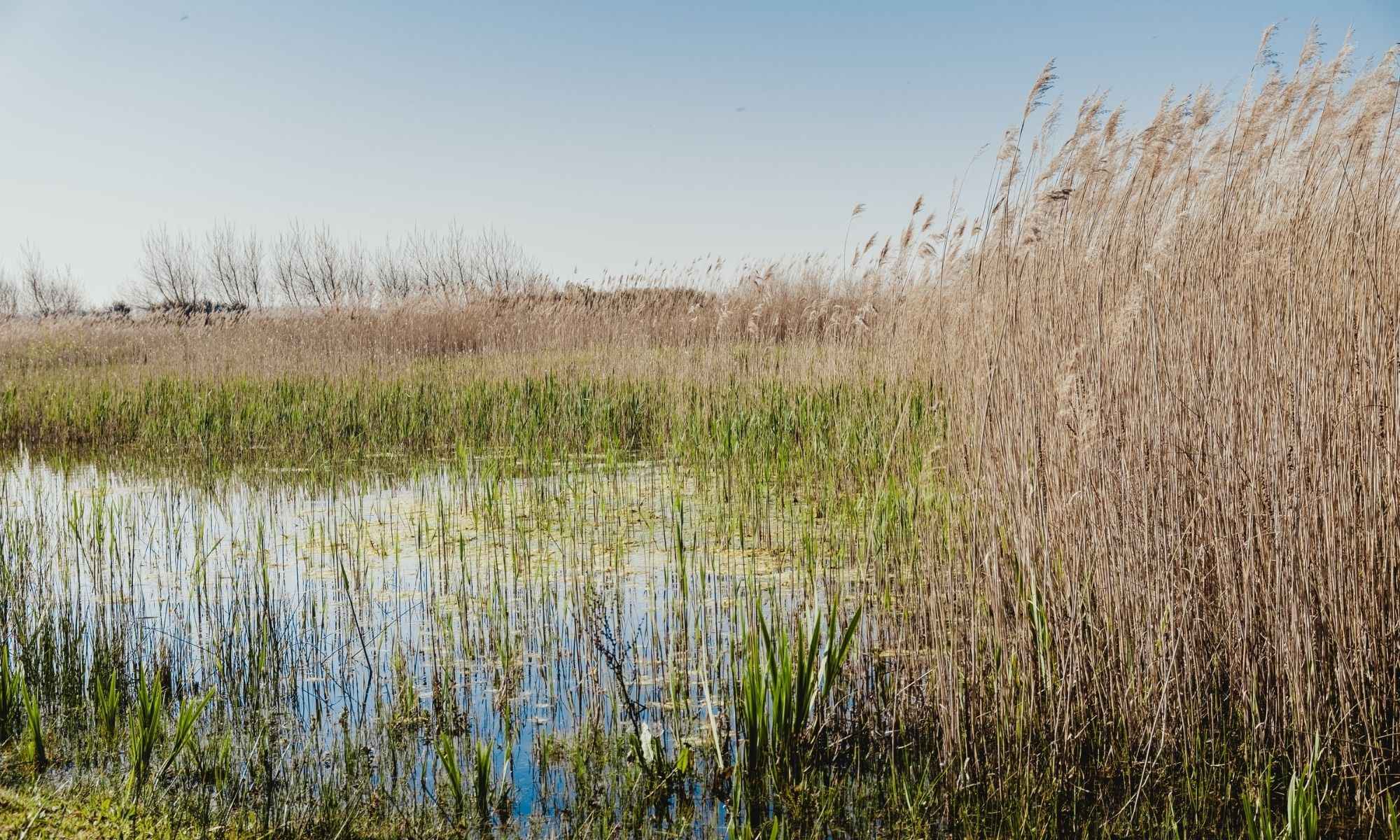Finesse Fishing in the Grass: All You Need to Know
Finesse fishing in the grass can be challenging. Read our tips for grass fishing success.

There are countless fish that love the grass – it provides them food, a place to ambush from, and a shelter to hide in. For some species, it’s the perfect habitat.
Oddly enough, while some fish like largemouth and smallmouth bass may have a deep love for grass, anglers struggle with it since getting snagged on blades of grass can be a nightmare. Moreover, powering them out with force can be a challenge and it can be hard to coax fish to come out of their hiding spots. This is where finesse tactics come in – to outthink the fish with style.
Downsizing your presentation can be an effective way to get a bite in the grass and force you to get creative. Although normally associated with clear open water, finesse techniques can be just as effective near vegetation and deep cover.

With that said, we've put together this list of tips and notes for finesse fishing in the grass to help you out.
What is Finesse Fishing?
Finesse fishing is often defined, or perhaps better yet, associated, with using, lighter lines and smaller lures with spinning rods. This adjustment in technique is best used when the fish aren’t biting normally. It’s primarily equated to the creative presentation of bait or lure in a bid to outmaneuver fish.
It’s not just about lure size either; factors like color, sound, and vibration also come into play. Finesse fishing involves making lures look more natural with their colors, employing tactics like using darker colors when in muddy waters. You want the fish to bite your lure because they are looking to feed – you don't want them relying on instinct out in the grass because that's how your line gets caught.
A typical finesse fishing rig starts with using a 6-10 pound fluorocarbon line, with a general rule being that you lighten it up in deeper water and go heavier near thicker cover. To have greater control over the light line, pair this with a 6 to 7 foot light action spinning rod, similar to fly fishing rig.
The Grass is Right
To increase your chances of success, you’ll need to study the grass and find the most productive areas to fish. It can be difficult to navigate a plain of aquatic vegetation, but with some practice and these tips, you’ll get the hang of it.
First things first, try to avoid wide, sweeping grass-covered flats because it’s difficult to dissect and find the best spots. Everything looks identical and you can easily lose your bearings. Think of it as trying to find fish in an aquatic desert. You can’t just randomly cast out anywhere you please and devising a system can get far too complicated.

You’ll want to look for changes in depth or structures, as fish tend to like these drop-offs and places to hide under. If you find a small patched cover of grass near a creek or channel, there’s a good chance there are some bites to be had. Since most anglers head for dense grassy areas, there’s a high possibility that these small patches of grass near drop-offs are relatively untouched and have more fish for angling.
Right Rigs for Finesse Fishing in the Grass

Wacky Rigs
The Wacky rig is an all-time favorite because it’s so versatile, and making it weedless means it can be finessed into grassy areas. To rig it, hook your plastic worm in the rear, letting the shank continue in the worm while staying parallel to the body. Afterward, let the tip exit so that both the point of the hook and the shank end are parallel to the worm.
Some hooks have wire weed guards already built into them and our best bet is to try using a 1/0 hook and no more than a 12- or 14-pound test clear fluorocarbon.
This rig is great around dispersed grass and you can add a little weight if needed. In submerged vegetation, you can also add a bobber so that it keeps the lure just above the underwater plants.
With a wacky rig, the slow rise and the action of the worm easily attract fish out of their ambush zones and can help anglers get deep into small pockets in the grass.
The Drop Shot
While the drop shot may be known as a deepwater rig, it can work quite well in the grass. The weight on the bottom helps to lift the bait up to the right height giving it natural wiggling action that will attract fish to investigate from out of the weeds, even in deeper weed lines. You can pitch it right into the grass as well and give it a light shake.
Rig up baitcasting or spinning tackle, with 12- to 14-pound fluorocarbon and a 1/0 wire hook with a small bell sinker attached. Any soft plastic worm will do. Cast it out, let it rest, then give it three to four shakes. Do not retrieve it and repeat the process until you get a strike (or two).
Texas Rig
Although the Texas rig is used with heftier weights and bigger worms, it can be equally effective with lighter tackle, depending on the time and season. It’s easier to pull out of deep cover and the slow descent of the weight helps fish get a good look at the lure. A 1/8 ounce worm weight on an 8-10 pound test with a 1/0 hook and a bright-colored plastic worm will do the trick.
Slow it Down
No matter what spot you’ve chosen or what rig you’re using, you need to slow it down on the retrieve. Casting on the outer edges of the grass and waiting for the weighted lure to sink is also highly recommended. You'll need to wait patiently for about 15-30 seconds before moving the tip of your rod slightly. Do another count, move the tip of your rod again, before reeling the lure back towards you. Don’t slack off and daydream on the retrieve either, as fish may follow your lure towards your boat.
Once you’ve set the hook, it's all a matter of letting the fish tire itself out. Remember, you’re fishing with a lighter line so you can’t power it down.




